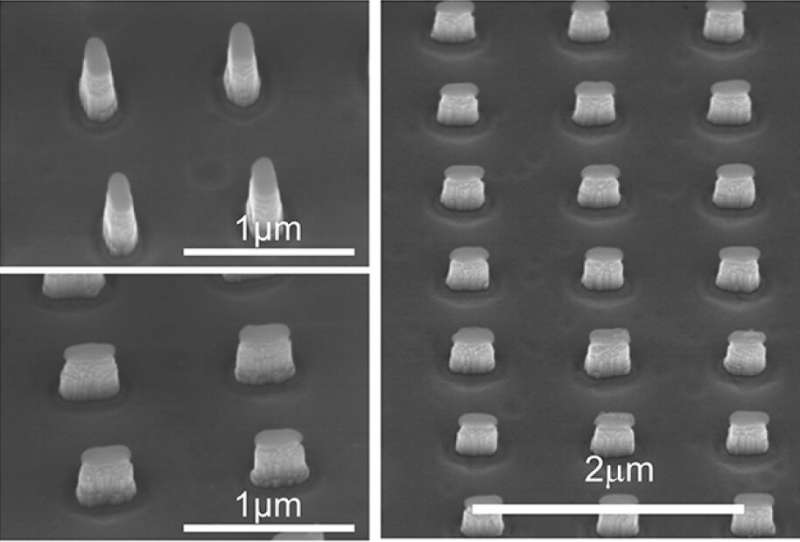As robotic devices such as artificial prosthetics and
human-computer interfaces are increasingly integrated into society,
researchers have been looking more deeply into the sensitivity of
the devices that serve the same function as hands. Human fingertips
are remarkably sensitive. They can communicate details of an object
as small as 40μm (about half the width of a human hair), discern
subtle differences in surface textures, and apply just enough force
to lift either an egg, or a 20 lb. bag of dog food without
slipping. They can also manipulate objects with relative
ease.
Mimicking a human fingertip’s sensitivity and sense of
direction for robotic applications



